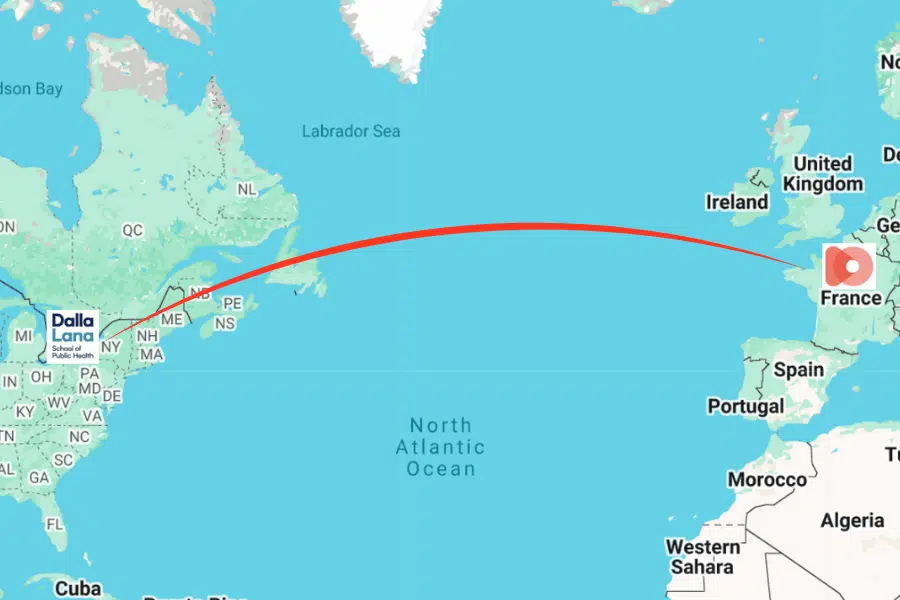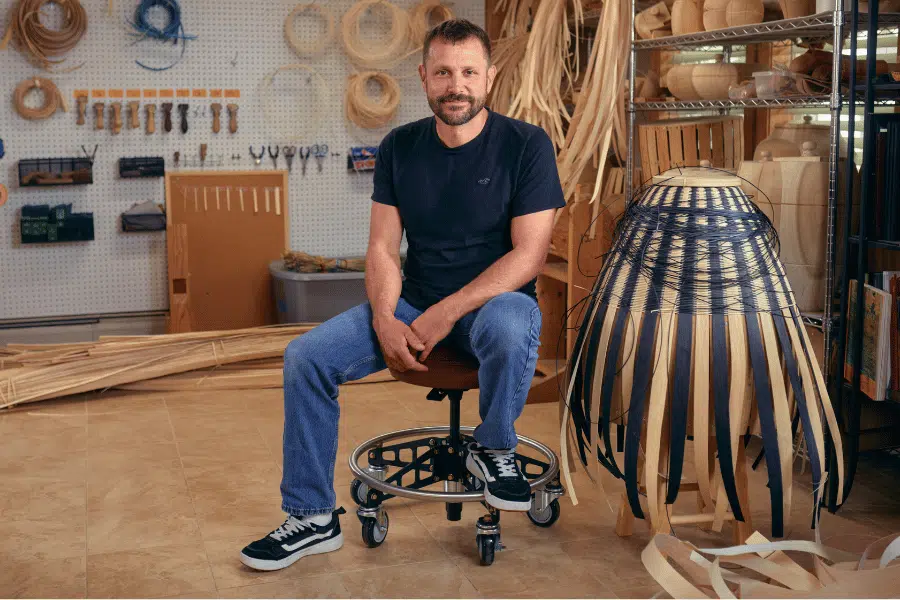In my regular conversations with leaders of careers services it is clear that the current financial context is accelerating the need to apply pragmatic rather than idealised approaches to service delivery.
We are now far beyond the point where “doing more with less” is sustainable.
The conditions as they exist now are unique, what worked previously with different student cohorts, a different labour market, and a different resourcing paradigm are unlikely to be a blueprint for success moving forward.
Changing times
For students, when it comes to engaging in career development activities often the biggest privilege is time. Students are now working more hours in part-time roles and are increasingly time poor, barriers to extra-curricular engagement have increased as cost of living pressures have become more acute.
For employers, the early stages of AI adoption by students are causing a deluge of applications, this is starting to impact their propensity to engage on campus. Although much of the recent media coverage is overstating the demise of the graduate labour market, we are seeing some contraction in key industries. The increasing cost of hiring and a stagnant economy is also impacting SME employers inclination to invest in graduate talent.
In addition to this constrained labour market, the increasingly negative mood music at a national policy level regarding Graduate Visas and rapidly increasing salary thresholds are making delivering on international students’ expectations even more challenging.
What it means for your careers service
For some careers services, multiple restructure rounds have created skeleton services that need to ruthlessly prioritise. The challenge for careers service leaders of mitigating survivor syndrome and retaining morale amongst remaining colleagues is a challenge that should not be underestimated. This is often being compounded by the decimation of non-pay budgets, meaning no money to invest in staff training or the procurement of technology solutions which could alleviate the resourcing challenge.
As one empathetic leader described the current context they were operating in:
Leading in the current climate has presented me with the greatest challenge in my career to date – layering a complex mix of navigating an institutional restructure at scale, the added pressure to continue to deliver not only business as usual but enhance the embedded offer alongside some wider significant project work whilst finding the energy to plaster on a smile and remain a beacon of emotional support and leadership when that’s not how I’m truly feeling behind the smile.
Despite widespread recognition that new approaches are required to respond to this multitude of challenges, it is not always easy to instil a culture of pragmatism. It can be challenging for colleagues who originally created services and processes to be the ones tasked with reimagining them because they have pride and personal investment in their original work, often work that in a previous context was highly successful and impactful.
This familiarity can also lead to functional fixedness – a tendency to think within existing frameworks rather than envisioning radically different approaches. True reimagination often requires a degree of detachment, fresh perspectives, really leaning into the lived experience of students, and the willingness to question approaches that colleagues may feel compelled to defend.
Asking different questions
Sometimes, the real problem isn’t that we disagree, it’s that we are stuck arguing the wrong point entirely. The world may have shifted so significantly that the old questions no longer fit the new reality. In such moments, progress for careers services depends not on winning the argument, but on having the courage to stop, step back, and ask a different question.
Traditionally, a fundamental part of our consultancy work would be to help clients understand approaches to the employability conundrum that had been applied at other institutions, what had worked and what the pitfalls were to avoid. We are now very cognisant of the fact that novel problems require novel solutions. Pragmatism has always been fundamental to our approach, but we now need to lean more into our contextual judgement and the application of systems thinking rather than focussing on longitudinal case studies from a recent past that no longer exists.
Similarly, leaders of careers services in higher education are managing fast-moving contexts while holding together rapidly evolving teams and structures. Institutional restructuring is impacting the alignment of services and the make-up of their portfolios. Some careers services have integrated additional functions such as apprenticeships, study abroad and alumni.
Realignment
On the flipside, for other careers services, elements of provision have been siphoned off – the most common being employer engagement teams being merged into wider business development functions. Although there can be synergy, it is often underestimated how much intensive work is involved in facilitating partnerships with employers both within and outside of the curriculum.
Universities should particularly seek out careers service leaders input when these strategic alignment decisions are being taken, to avoid unintended consequences that can exacerbate the challenges of an already difficult set of circumstances.
Having the right technology and systems to drive student engagement and efficient delivery is becoming increasingly important and will only increase as AI-driven targeting and personalisation capabilities improve. Technology cannot replace careers service professionals, but it can significantly augment their delivery. In addition, access to more nuanced and easily accessible data can allow better targeting and can further drive efficiency.
One very well-established careers service leader identified the challenge of being agile enough to integrate new technology quickly as the key drag on efficiency in the current context:
The solution that is staring us in the face is technology, but HE is significantly behind many sectors in terms of its agility to bring on board new tech solutions. With less staff, we need joined up and intuitive systems to ensure we can demonstrate impact. Without this or with a significant delay to achieving this, it feels that when more cuts inevitably come, we could still be struggling to fully evidence the impact we are collectively having on thousands of students and with our employer partners.
Different with less?
Another leader I spoke with was contacted by an exasperated senior institutional leader enquiring why placement numbers had stalled in recent years, and Graduate Outcomes had dropped marginally – the reality was in fact that there were only tiny drops in the metrics, outcomes had miraculously held relatively steady despite multiple restructures, significantly reduced resource and a particularly tumultuous internal context.
It seems that through necessity, decisions on cuts to resources often come through quickly but then institutional acceptance about what provision could and should be scaled back to fit the remaining resource is less forthcoming. As a brilliant career service leader put it:
The ramifications of these changes won’t be apparent immediately and I think the ripples will continue until the end of this academic year at the very least.
Although Graduate Outcomes is a yearly survey it is still very much a lag indicator; that great work being done to integrate employability in the curriculum will often take a minimum of three to five years to filter through to improved League Table metrics. It is crucial that we don’t draw back on the hard-won progression on this agenda.
Similarly, the impact of significant resourcing cuts will take time to filter through to negatively impact your institutional Graduate Outcomes performance, but we shouldn’t be surprised when that impact emerges.
If you have to significantly shrink the resource devoted to careers and employability provision, the outputs that can be achieved will reduce – at least in the short-term, while new approaches, ways of working and technology solutions emerge.
Universities need to lean into their career service leaders’ expert knowledge and empower them to take a pragmatic approach to the prioritisation that will inevitably need to take place and apply the innovative new approaches that will need to be adopted.








